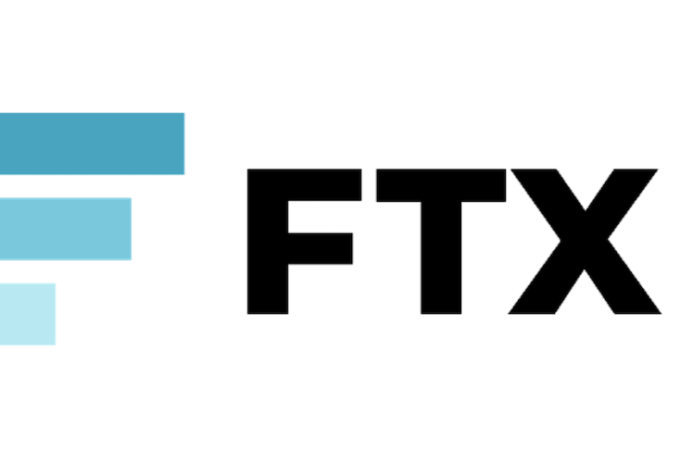Time of Security Tokens
By Julian Zegelman for his Medium blog
As blockchains improve in their scalability, usability, and security, so too do the tokens that traverse these digital pathways. As governments and primarily the SEC enter the space, 2018 will be remembered for an entirely new eco-system of evolutionized platforms, decentralized exchanges, and hybrid funds, all looking to capitalize on the trillion-dollar opportunity that is tokenized securities. According to FINMA, the Swiss financial regulatory body, tokens have three functions: payment tokens, utility tokens, or security tokens. Like their name implies, payment tokens are used as a means of currency or payment while utility tokens are intended to provide digital access to an application or service.
Lastly, it is the security token, a digital representation of a traditional security compliant with SEC regulations, that can provide a wide variety of financial rights to an investor such as voting, buy-back rights, equity, dividends, and profit share opportunities. More often than not, these tokens represent a share in an underlying asset class such as a pool of real estate, precious metals, cash flow, or holdings in another fund.
Put simply, security tokens are the combination combining of digital assets with traditional financial products, applying new technology to traditional assets older things. Bitcoin is to security tokens as programmable money is to programmable ownership, meaning that any asset with ownership can now be tokenized!
Security tokens remove the “middle man” and that translates to lower fees, faster execution of deals, free market exposure, a larger potential investor base, and lack of manipulation from financial institutions.
There is a long list of issuance platforms striving to provide services to existing and future security tokens. These platforms range from open-source protocols for token issuance, requiring technical expertise, to more turn-key technical and advisory services. Major players are emerging the security token market such as Polymath, “a blockchain protocol that facilitates the issuance and distribution of legally compliant token-based securities.” While they raised 59M in their ICO the current market has them very undervalued.
Harbor, who raised 10M in private sale is “an open-source platform that enables traditional investment classes to migrate seamlessly onto the blockchain.” Swarm Fund, raising 5.5M in their ICO, tokenizes real-world assets using the SRC20 protocol, a cryptographic standard for security tokens.
Perhaps the most notable on a very long list is Bancor, who “offers a liquidity model that connects multiple tokens to one pool of capital, enabling price discovery and ensuring liquidity even in low transaction volume environments.” Bancor suffered a recent set back when hackers allegedly stole $23.5M USD worth of cryptocurrency from the liquidity network. This incident highlights a crucial need for more robust cybersecurity solutions tailored for the blockchain industry.
The future of cryptocurrency is in compliance, offering enhanced services, while staying transparent and useful. Security tokens offer all of the above and as regulations start to hamper utility tokens, it is the former that will demonstrate growth and longevity to their companies and investors.





